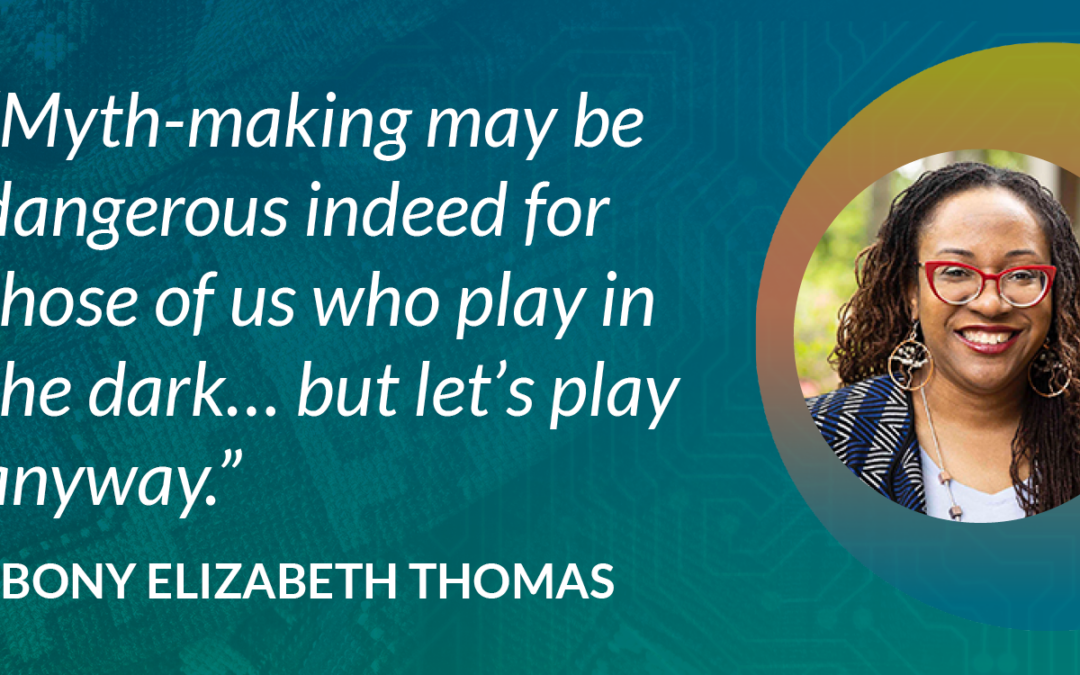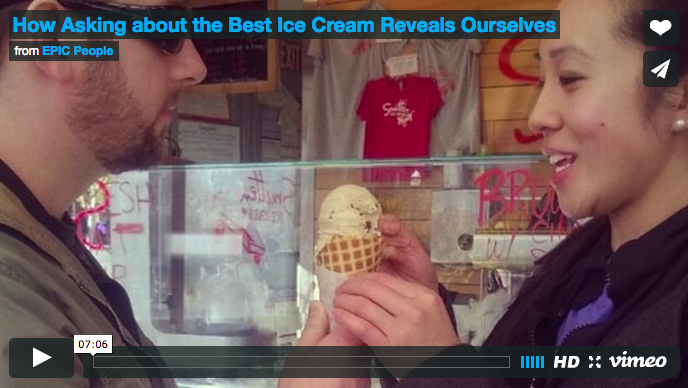As we anticipate EPIC2021—yes, bring on the puns—I had the spectacular task of studying The Dark Fantastic: Race and the Imagination from Harry Potter to the Hunger Games by Ebony Elizabeth Thomas. My goal was to find small ways to spark our EPIC community's curiosity ahead of her EPIC keynote. As...








